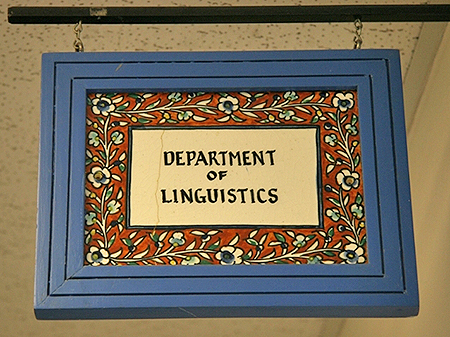
Linguistics ETDs
Publication Date
3-18-1988
Abstract
Simple cipher models, which characterize fingerspelling as a sequential arrangement of static handshapes corresponding to English letters, are demonstrably inadequate to explain how people produce and perceive fingerspelling. This research explores a more viable, dynamic model which takes into account kinematic and temporal aspects of fingerspelling trajectories.
Two studies are reported, The first asked adult, hearing students to rate the ease or difficulty of several signed language learning activities. By far, the most difficult task that students face is learning to understand fingerspelling. According to their judgements, fingerspelling is more similar to learning American Sign Language than it is to learning a code for English.
The second study consisted of several three-dimensional motion analyses of simple fingerspelled words. Kinematic and temporal attributes of fluent and non-fluent fingerspelling were examined, including fingerspelling rate, synchronicity among articulators, and peak velocity of articulators.
The results of this research suggest that transitions between targets are important in the fluent production of fingerspelling. Evidence for coordinative structures, groups of individual articulators constrained to act as a single functional unit, is found in a high degree of entrainment during transitions. This evidence is interpreted in light of a proposed dynamic model of fingerspelling.
Language
English
Document Type
Dissertation
Degree Name
Linguistics
Level of Degree
Doctoral
Department Name
Department of Linguistics
First Committee Member (Chair)
Larry Gorbet
Second Committee Member
Moshen Shahinpoor
Third Committee Member
John W. Oller, Jr
Fourth Committee Member
Richard D. Janda
Recommended Citation
Wilcox, Sherman Elmo. "The Phonetics of Fingerspelling: Kinematic, Temporal, and Dynamic Aspects of Fingerspelling Production." (1988). https://digitalrepository.unm.edu/ling_etds/68


